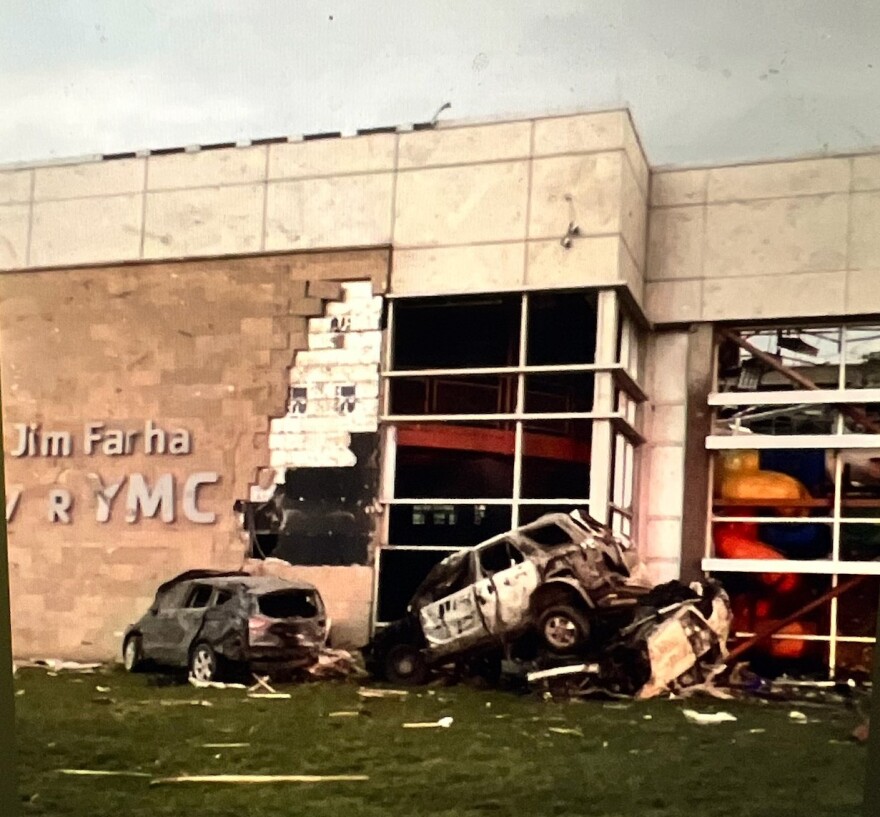Sedgwick County officials acknowledge that some residents living in rural areas likely did not hear sirens going off before an EF-3 tornado roared through parts of the county last week.
While much of the attention after the Friday night storm focused on the heavily populated Wichita suburb of Andover, rural areas close to the city and in adjacent Butler County also sustained significant damage from a tornado that was on the ground for nearly 13 miles.
Several homes were damaged and three people were hurt in a rural neighborhood named Gypsum Township about a mile outside of Wichita. Some residents there told local media that they did not hear sirens before the tornado hit.
Sedgwick County Emergency Management Director Julie Stimson said Thursday that emergency management officials consult with siren vendors and geographic information system data in a complicated process to determine where sirens are placed.
Stimson stressed that the sirens were never intended to warn people inside their home or other structures. So the primary factor is ensuring that sirens are in places where people might be outside, such as schools, parks and shopping areas.
“In ideal conditions, each siren would warn people within about a mile of the sound,” Stimson said. “But in reality, that sound won't always travel through the noise of a storm, especially a tornado.”
Stimson and Sedgwick County Commissioner Jim Howell said residents should rely on a combination of sirens, weather radios, alerts on cellphones and local media reports for tornado warnings.
While he sympathizes with those whose homes were damaged or destroyed, Howell said it is unrealistic to expect the county to have sirens in place to be heard everywhere in rural areas.
Sedgwick County has 152 sirens to cover about 1,009 square miles, with most of them in cities. The county budgets about $110,000 annually for siren maintenance, and each new siren costs about $32,000.
The county plans to install up to five new sirens each year, although commissioners are not involved in determining where the sirens will go, Howell said.
“Even with upgrades, we will never fill all the dead spots in the county,” Howell said. “The government can't ensure everyone's safety. We are there to help but adults have to take some responsibility to educate themselves, have a plan and be vigilant (when storms approach)."
Harold Brooks, a senior research scientist at the National Oceanic and Atmospheric Administration's severe storms laboratory in Norman, Oklahoma, said every technology used to warn people about severe weather has limitations — a siren might fail, a cell phone tower might be knocked down or media outlets can't cover every part of a wide-ranging storm.
“Because the technology is better ... we've adopted the notion that we ought to be able to communicate perfectly with people,” he said. “In reality, that’s not true.
"What it comes down to is the responsibility of the individual to be prepared and be aware.”


